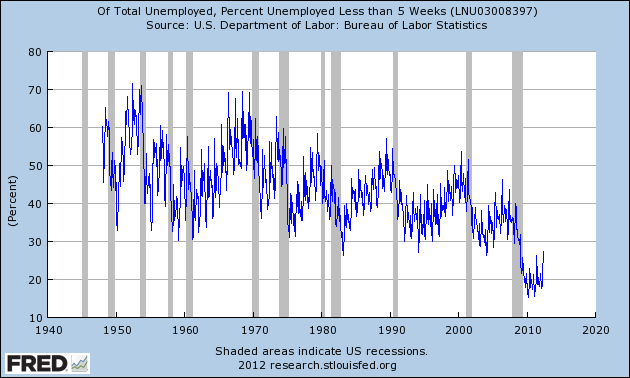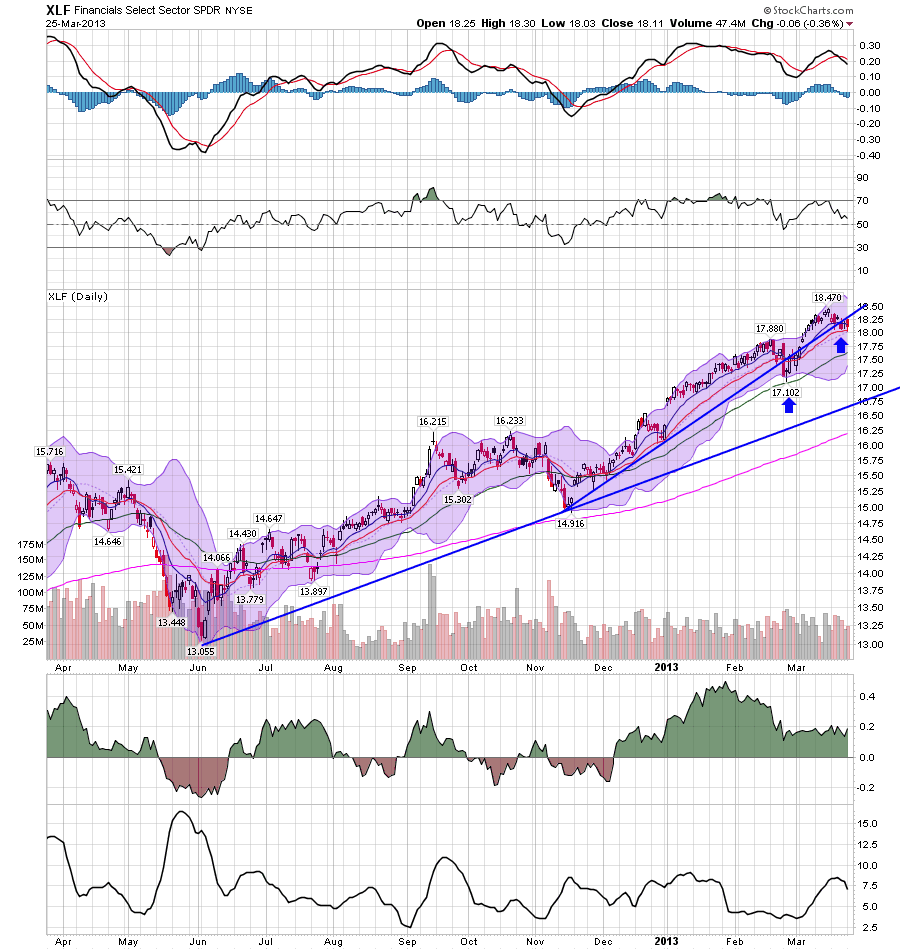Baltic Dry Index Still Far From Meaningful Recovery MarketBeat
Post on: 2 Июль, 2015 No Comment

Bloomberg News
Nows as good a time as any to check in on the good old Baltic Dry Index (BDI).
The index — which measures the cost of shipping dry goods such as grain, coal and iron ore around the world — has bounced back a bit from its collapse earlier this year. But analysts are still skeptical about the recent move higher.
There is still no sign of a meaningful recovery in the Baltic Dry Index, said Julian Jessop, an economist at Capital Economics. Admittedly, this largely reflects the continued surge in the supply of cargo ships. Nonetheless, the persistent weakness in shipping costs suggests that underlying demand for commodities remains sluggish too.
The BDI dropped 1.7% to 1074. It has moved higher from its utter free fell earlier this year. At one point it dropped for 32 straight trading days. lost more than 2/3 of its value and tumbled toward financial-crisis levels. It hit a low of 647 in early February.
Since then, it has risen 66%, although it still remains about 50% below where it was in October.
Jessop foresees a scenario in which prices drop from current levels, although such a decline would have more to do with supply issues than actual demand.
Demand for shipping has rebounded from its late-2008 lows but capacity has risen even faster, causing utilization rates and hence shipping costs to plummet, Jessop says. Order books for delivery in 2012 suggest that this year will see a further surge in supply, maintaining the downward pressure on prices.
Of course whether the Baltic Dry is actually a useful economic indicator is a hot-button issue. Some look at the Baltic Dry instead of just commodity prices as a forward-looking mechanism that might shed a bit more light on actual usage of raw materials. By comparison actual commodity prices can be bought and sold by traders who will never have anything to do with the production of these actual commodities.
But recently the shipping industry hasnt exactly been viewed as the best forward-looking barometer of overall demand for raw materials.

The index suffered a beat down for much of 2009. It began this year just like it did in 2010 and 2011: in freefall. Throughout each of the previous three years the Baltic Dry bottomed in February. But the swoons failed to predict double-dip recessions in 2010 and 2011.
The jurys still out for how the economy will play out in the second half of this year, but many economists expect growth to continuing muddling along.
That said, Jessop recommends investors shouldnt completely dismiss the wider significance of the Baltic Dry:
The supply of shipping is less volatile than demand, meaning that over shorter periods the BDI should still be a good indicator of the health of the global economy. Unlike many others, such as industrial production or the purchasing managers’ indices, it is available daily rather than monthly. What’s more, the BDI should not be affected by swings in investor sentiment, at least not to the same degree as the prices in the markets for commodities themselves. Speculators might buy futures contracts but are unlikely to charter ships.
The upshot is that the BDI may still contain some useful information. We will continue to watch it closely as one gauge of whether hopes of a second half rebound in commodity demand and prices are justified or not.
For Earnings, Better Than Expected Does Not Equal Good Next














